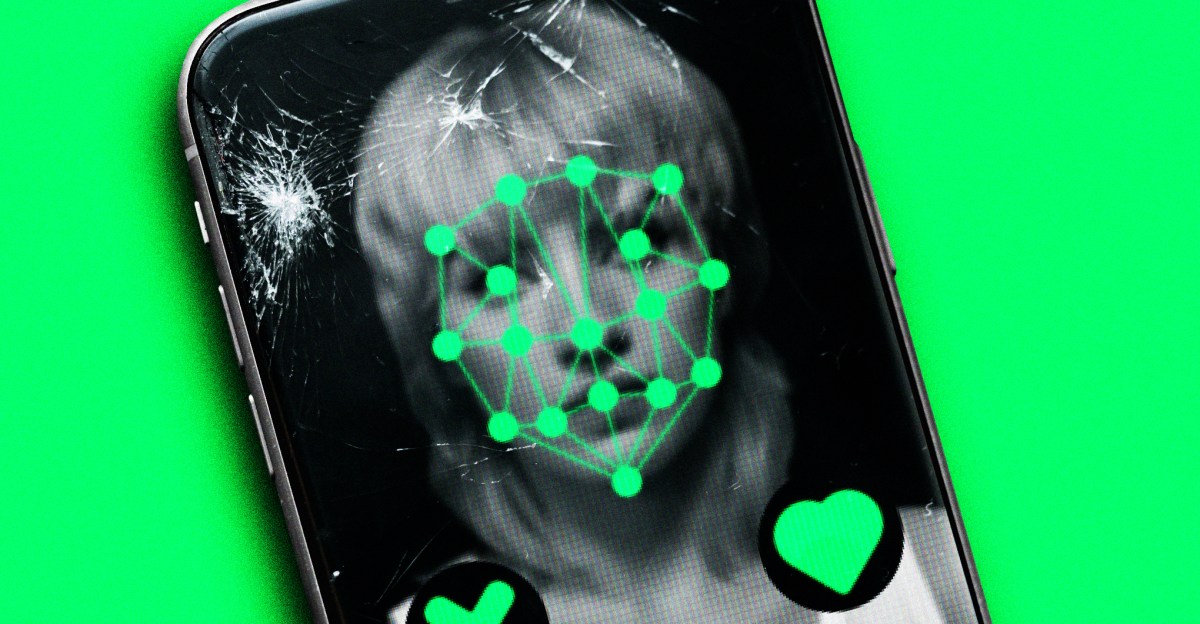Cheater‑catching apps turn dating profiles into searchable surveillance tools

Key Points
- Cheaterbuster, CheatEye and similar apps use facial recognition and public data to locate Tinder profiles.
- Each search costs a fee and has been shown to work in controlled tests.
- Privacy experts say the practice violates user consent and normalizes surveillance.
- Accuracy varies; low‑quality images and bias can produce false matches.
- European GDPR likely prohibits the data use; U.S. laws are less comprehensive.
- Calls for stronger privacy legislation are increasing.
- Tinder and the app makers have not commented on the issue.
Apps such as Cheaterbuster and CheatEye allow users to upload a name or a photo and, using facial‑recognition technology and public data, locate a person's dating profile on services like Tinder. The services charge a fee per search and have been shown to locate profiles accurately in tests. Privacy experts warn that the practice violates user consent, may be inaccurate, and raises concerns about bias and data protection laws such as GDPR. Tinder has not commented, and lawmakers are being urged to address the growing surveillance trend.
How the apps work
Cheaterbuster, CheatEye and similar services let a user submit a name, photo or facial image. Using facial‑recognition algorithms combined with publicly available data, the apps search for matching dating profiles on platforms such as Tinder. The services charge a one‑time fee for each search and have demonstrated the ability to locate a profile when tested with consenting participants.
Privacy and consent concerns
Experts highlight that Tinder users agree only to the platform’s terms, not to have their images and personal details scraped, indexed and made searchable by third‑party tools. The lack of consent raises significant privacy questions, especially as the data is repurposed outside the original context. Scholars note that this practice normalizes peer‑to‑peer surveillance and undermines expectations of anonymity for users who share their information solely for dating purposes.
Accuracy, bias and potential harms
The technology’s accuracy varies, with high‑quality images yielding better results than lower‑quality or blurry photos. Experts also warn that facial‑recognition systems can misidentify individuals, particularly people of color, leading to false positives that could trigger personal conflicts or even violence. The possibility of incorrect matches underscores the ethical concerns surrounding these services.
Legal landscape
In Europe, the approach appears to conflict with the General Data Protection Regulation, which grants individuals clear rights over how their data and likenesses are collected, stored and used. In the United States, federal privacy protections are limited, though regional laws such as the California Consumer Privacy Act provide some rights to know and delete personal data. Calls for stronger legislation, including bipartisan efforts to expand privacy protections, are growing as these apps gain popularity.
Expert reactions and industry response
Privacy scholars and legal experts have expressed alarm at the proliferation of these tools, describing them as a form of vigilante surveillance. They argue that legislative action is the most effective remedy. The dating platform itself has not responded to inquiries about the apps, and the companies behind the services have also remained silent.